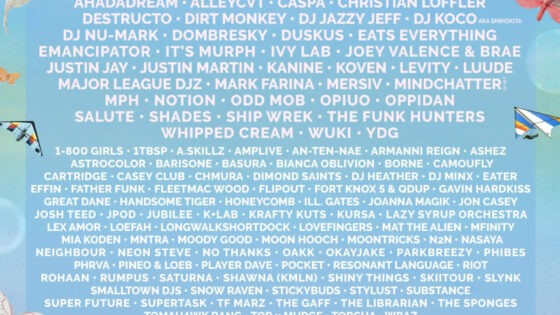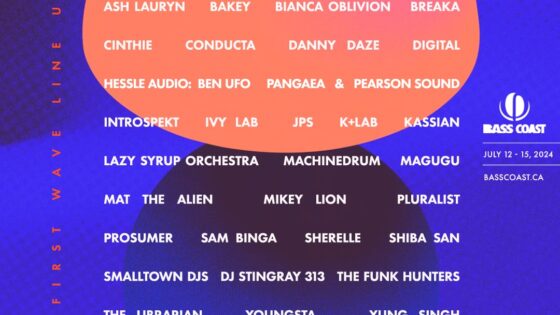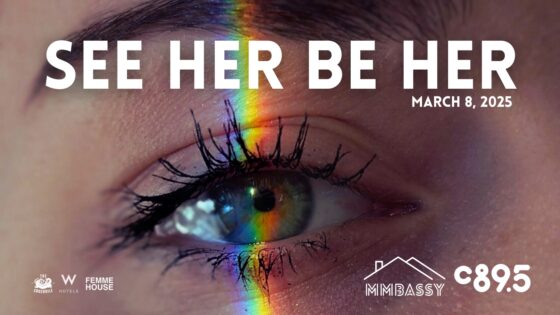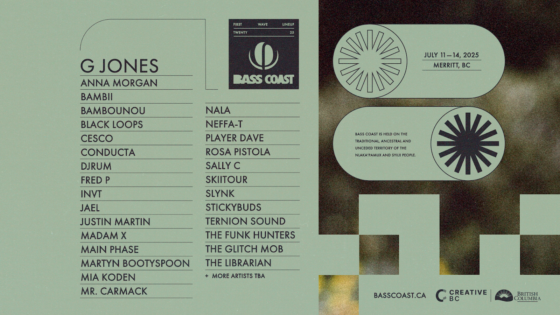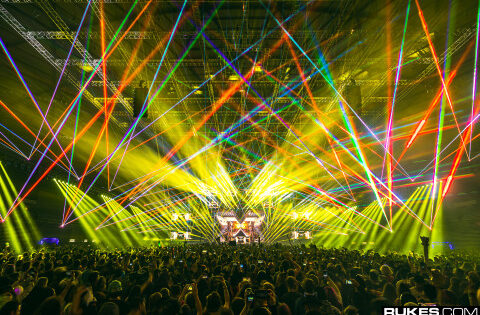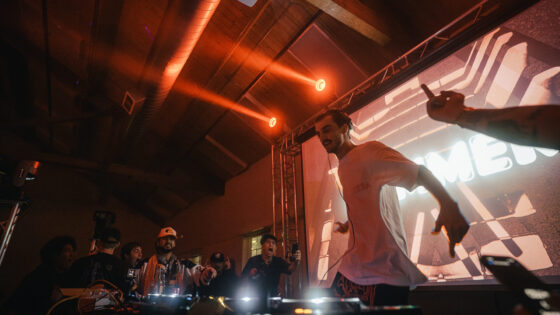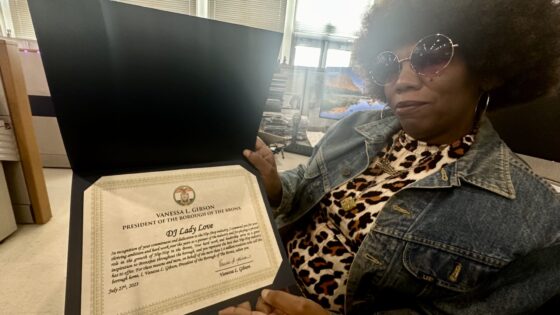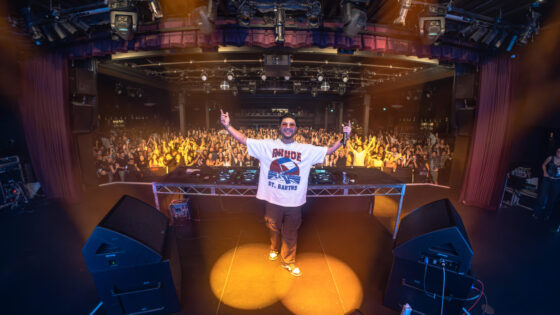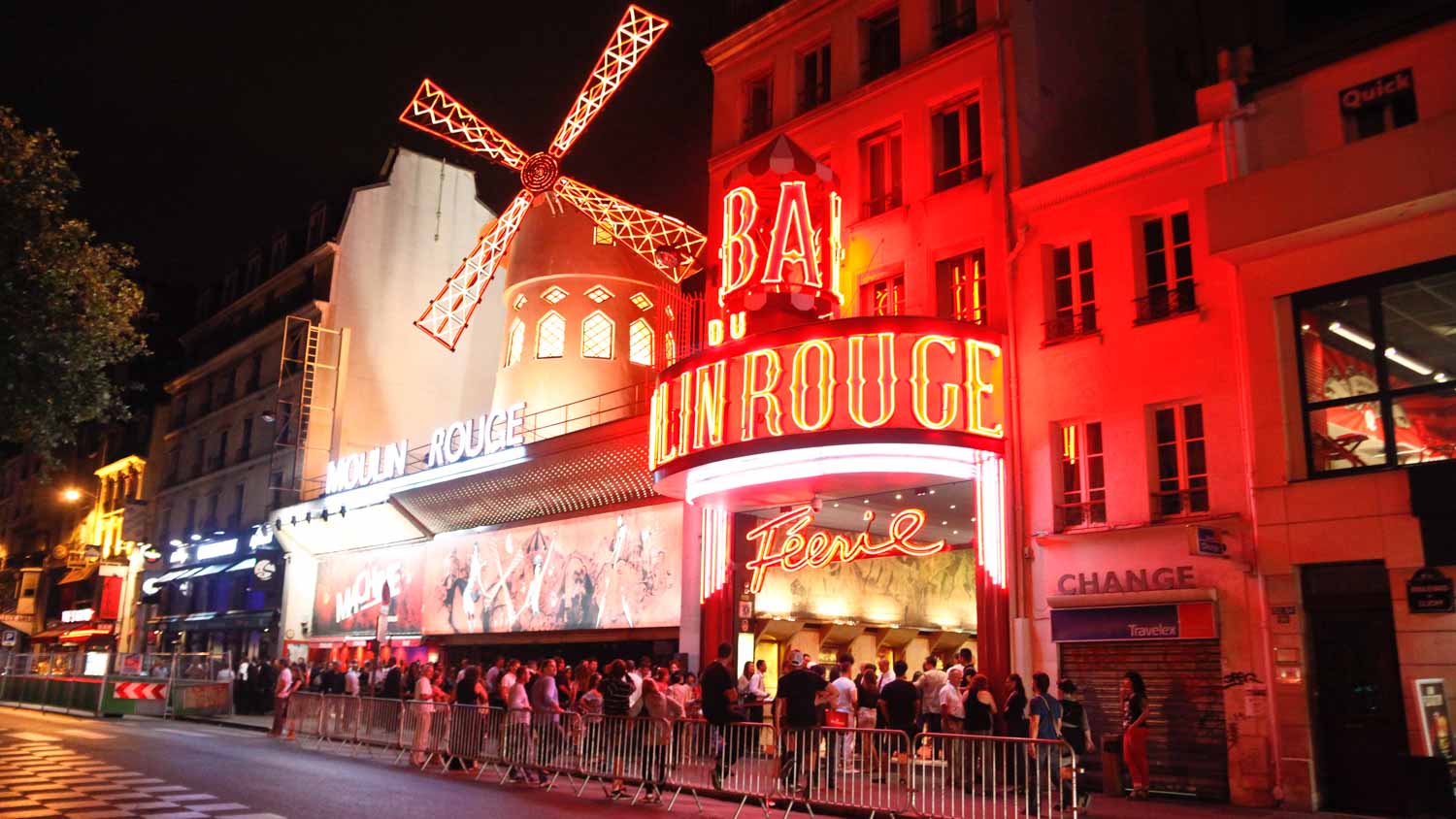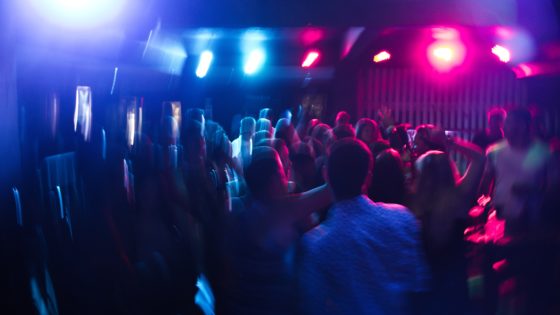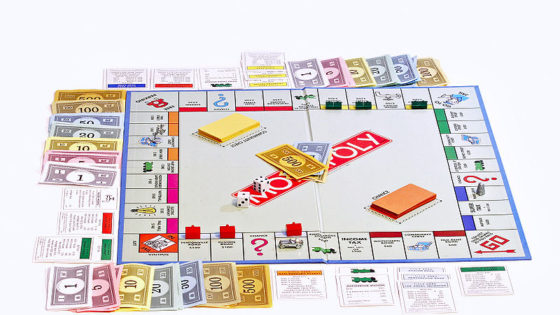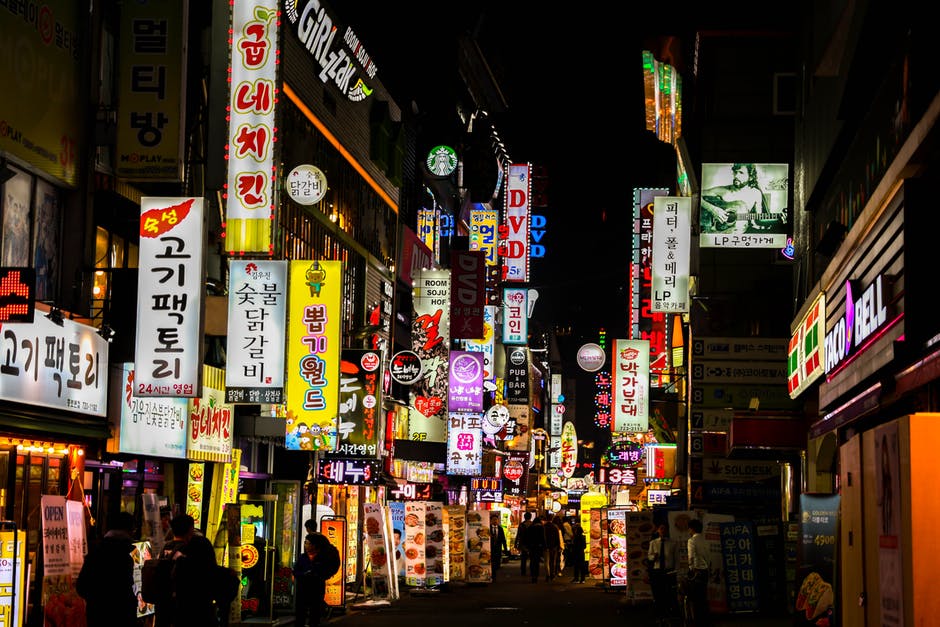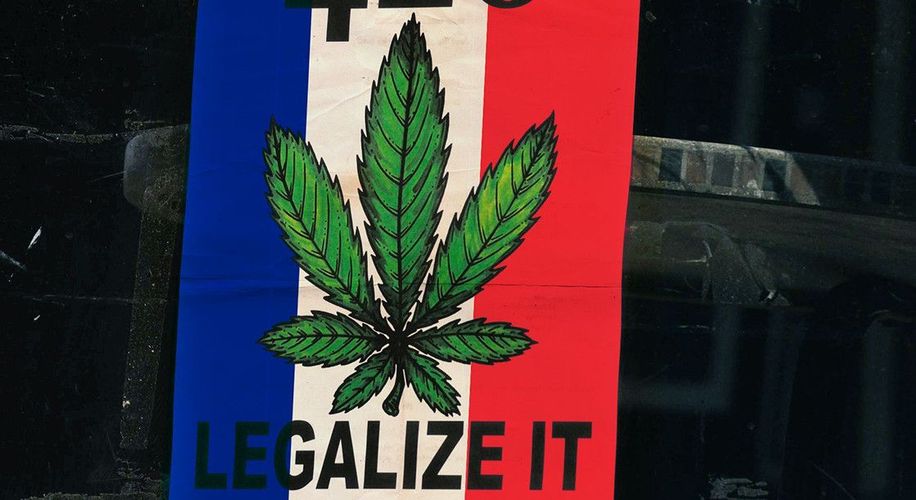Newly Elected President, Emmanuel Macron helped declare a new sound ordinance this past August on festivals and nightclubs in France. Stating: “We want to protect both our artists and operators of closed/open places and festivals but also to protect the ears of the public from music relegated to the status of sound aggression…a modernization of our health care system”
Allowances for clubs and festivals reduced the level from 105dB to 102dB. Though this may not seem like a drastic change, reactions from the music scene are not positive. Artists Laurent Garnier and Jean Michel Jarre decided to gather a group of Frances biggest industry names and wrote a letter to voice their concerns.
In the letter that was published on Liberation they say: “…we fear that we sacrifice artistic freedom. We consider the restrictions on the amplified sound as an infringement of the moral rights of authors in their works, thereby distorted. Who will want to pay entry into a place where the music will be reduced by the sound restriction, to be only a distant echo of itself?”
We can’t help but wonder how much of an effect this could have on France’s dance community and the quality of the nightlife experience. Assuming France hasn’t opened up any dance establishments within residential or family neighborhoods – is music truly that much of a disturbance to those who make the conscious decision to immerse themselves in urban living?
For comparison; large music cities such as NYC and Los Angeles have similar sound ordinances, though it seems their legislation takes into account the ambient noise created by the sounds of city living. This is a very important variable that the music community in France fears was not taken into account, implying that there are numerous alternatives for the safety of the public that would appease both sides of this now very public debate.
So just how loud is 105dB or 102dB? Below is an average of everyday sound and the decibel at which it emits sound on the nearby public.
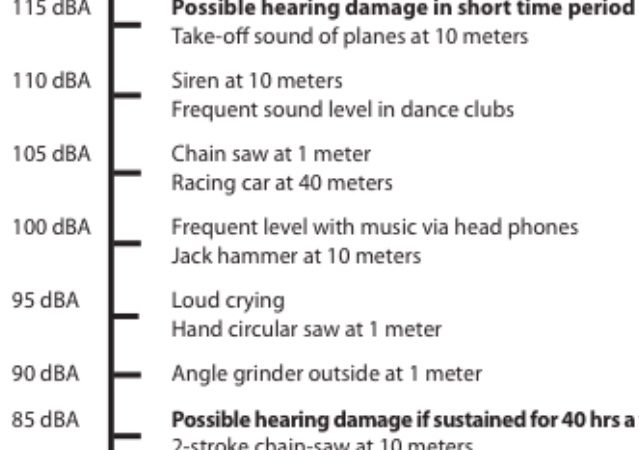
from Seattle.gov
Considering that most dance clubs come in at an average of 110 decibels (labeled very annoying), it may be safe to say that the concerns voiced by the artists in France could be a very legitimate concern. The chart above shows the most damaging sound to be up over 115dB – 120dB. Well above the 105dB France is fighting to hold onto.
Though lowering the decibel ordinance by 3dB may not seem like a strict crackdown, it is specifically targeting the sweet spot that makes dance music the type of sound you can feel in your body and soul. It would take artists, fans, and legislators some time to come to a well-educated solution. When making decisions that could impact the life and prosperity of an entire music community, all voices should be heard and taken into account.
What do you think about France’s new sound ordinance? Let us know in the comments!
Important things happen in Pacific Northwest nightlife, and DMNW will send you alerts!






